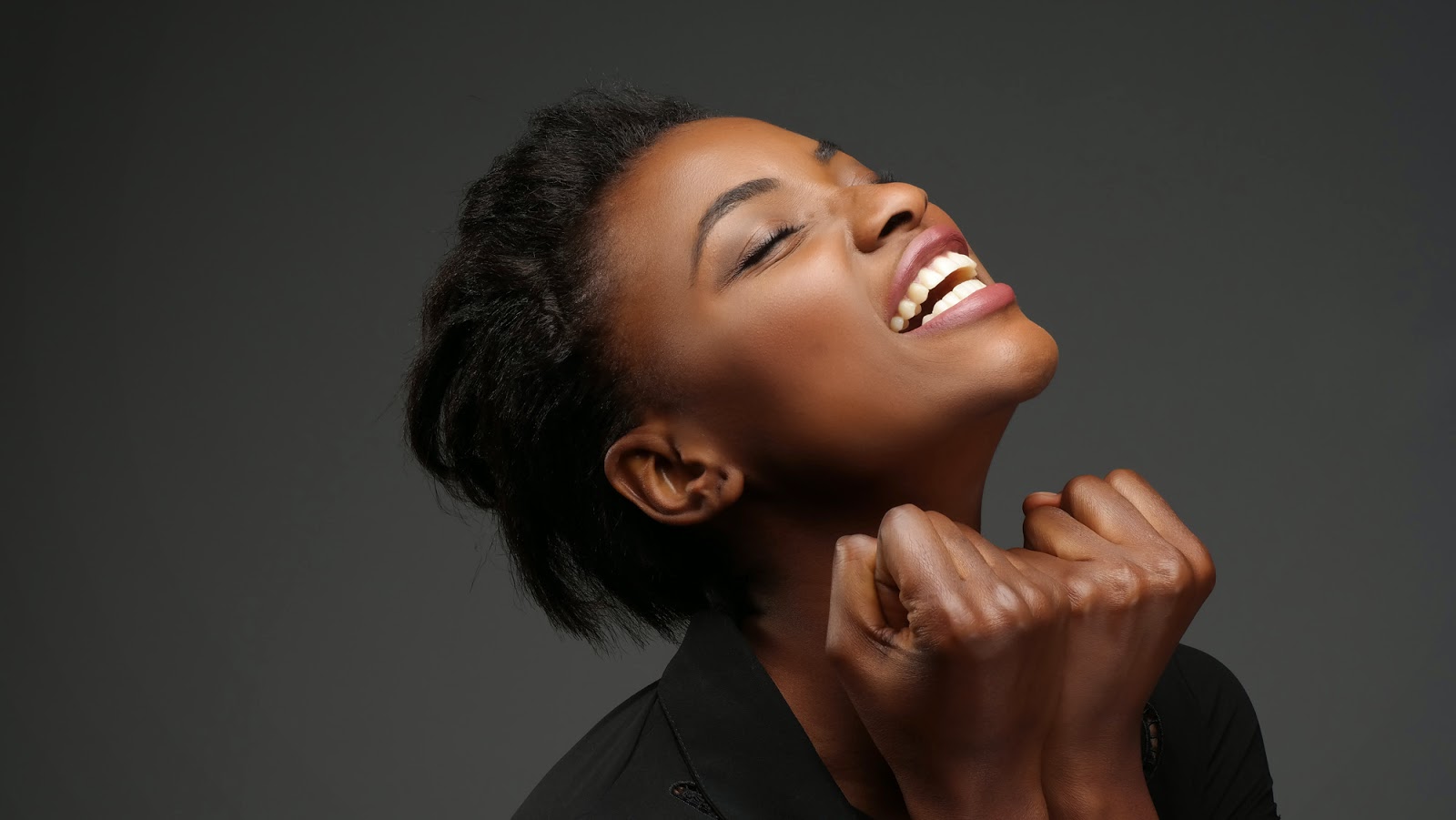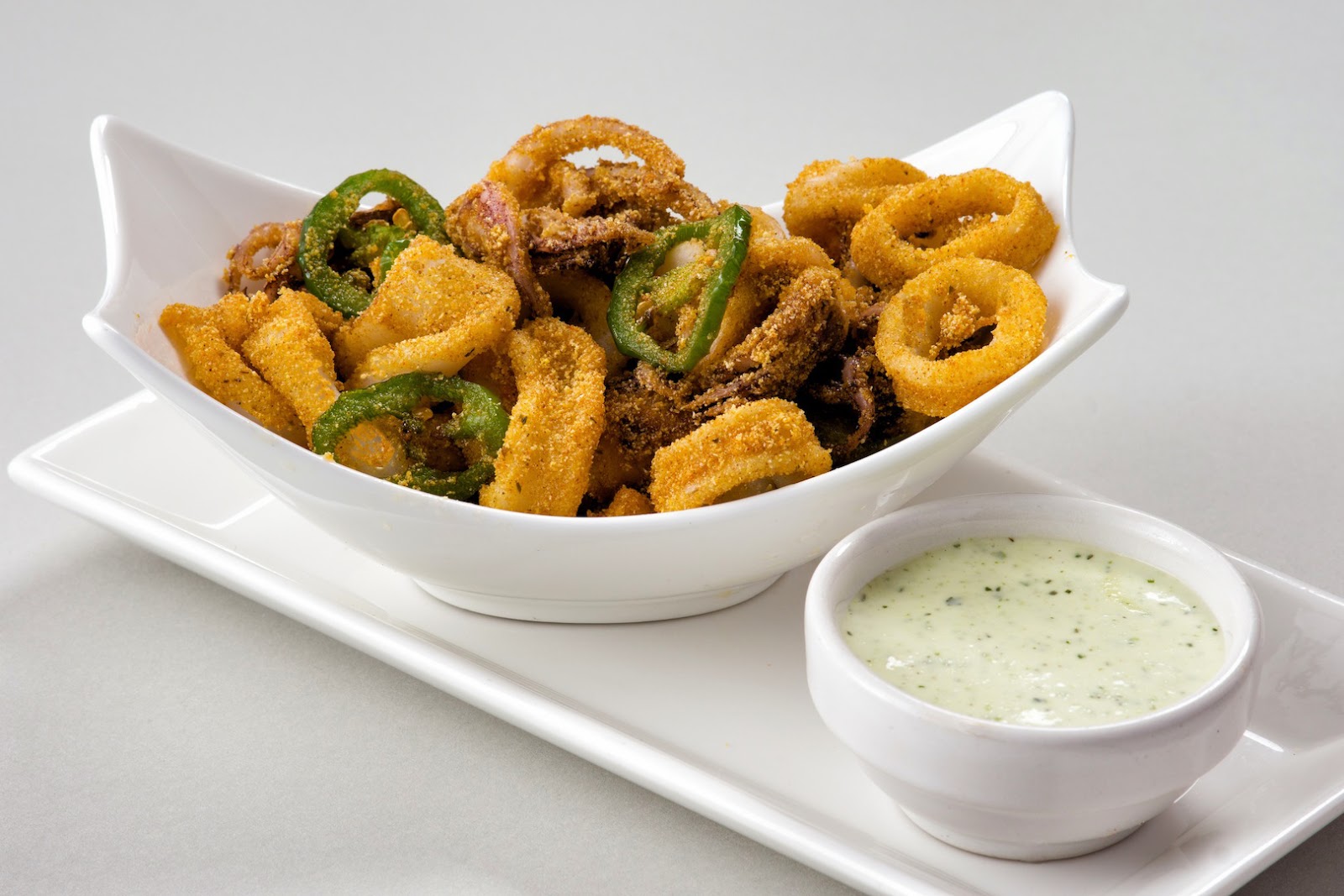I think many of you will remember Rosie (Selena's) face from some of my LED portraits a few years back. Here's what she looked like back in 2011:
Well, Rosie is now the ultra-talented leader of a country band called, Rosie and the Ramblers, and they are doing their first full-on, high quality, studio album. To pay the studio and the musicians Rosie and the Ramblers is doing a Kickstarter campaign. They are hoping to raise $8,000 in the next 30 days and the list of perks for donors is very wild and fun. Donate $1,000 to the cause and Rosie will (permanently) tattoo your initials on her arm. For a bit more you can have the whole band come to your house and play a concert. But for those who are not high rollers there are other cool things.
As with most up and coming musicians independently making their first album these guys are happy with any level of giving people can muster.
Here's their promotional video for the campaign. Pay close attention to the production values....
My friend, Chris Archer, produced the video for Rosie. I helped a little bit. I brought along the microphone for our shooting session with Rosie on camera and created the cut away video of Rosie from either side. That's all I did. Chris shot, edited, art directed and basically did everything else.
I think the video is great and I think the band is great. Rosie is smart, focused and talented. Invest a few bucks if you possible. Always good to help out young artists.
Here's the Kickstarter link: https://www.kickstarter.com/projects/461033799/whatever-you-need-a-new-album-from-rosie-and-the-r
Well, Rosie is now the ultra-talented leader of a country band called, Rosie and the Ramblers, and they are doing their first full-on, high quality, studio album. To pay the studio and the musicians Rosie and the Ramblers is doing a Kickstarter campaign. They are hoping to raise $8,000 in the next 30 days and the list of perks for donors is very wild and fun. Donate $1,000 to the cause and Rosie will (permanently) tattoo your initials on her arm. For a bit more you can have the whole band come to your house and play a concert. But for those who are not high rollers there are other cool things.
As with most up and coming musicians independently making their first album these guys are happy with any level of giving people can muster.
Here's their promotional video for the campaign. Pay close attention to the production values....
My friend, Chris Archer, produced the video for Rosie. I helped a little bit. I brought along the microphone for our shooting session with Rosie on camera and created the cut away video of Rosie from either side. That's all I did. Chris shot, edited, art directed and basically did everything else.
I think the video is great and I think the band is great. Rosie is smart, focused and talented. Invest a few bucks if you possible. Always good to help out young artists.
Here's the Kickstarter link: https://www.kickstarter.com/projects/461033799/whatever-you-need-a-new-album-from-rosie-and-the-r





.jpg)
.jpg)





